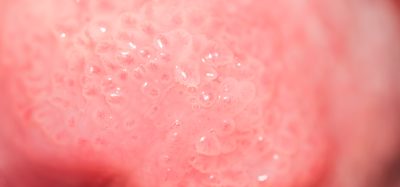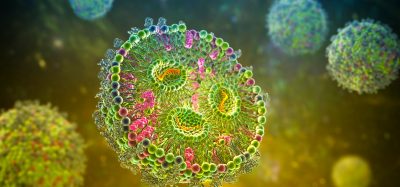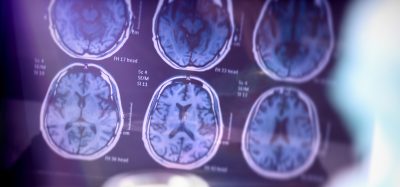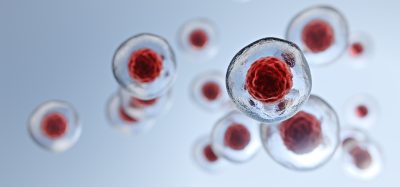New insight into BRCA2 gene mutations and cancer risk
Posted: 11 May 2023 | Taylor Mixides (Drug Target Review) | No comments yet
A recent study from researchers at the University of California examines the BRCA2 gene, which plays a crucial role in repairing damaged DNA, and possible links with increased risk of breast and ovarian cancer.
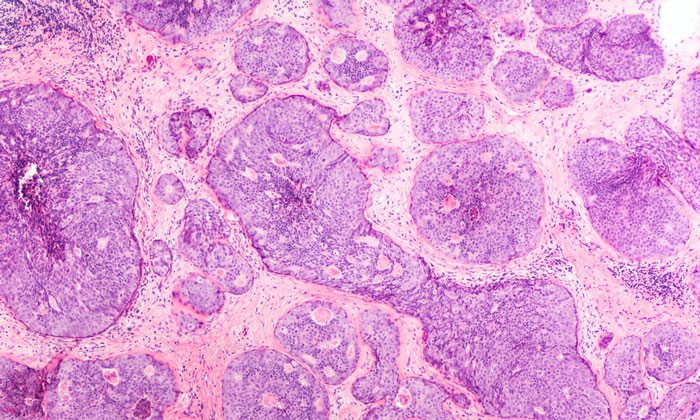

Researchers from the University of California, Davis delved deeper into the mechanisms of DNA repair and cancer development by studying the BRCA2 gene at the molecular level. The BRCA2 gene, which confers a high risk of breast cancer development 1 and an increased risk of ovarian cancer, was found to play a crucial role in repairing damaged DNA.
The study’s findings provide new insights into the origins of cancer and DNA repair mechanisms.
“Elucidating the function of BRCA2 is essential for understanding the molecular etiology of cancer development in breast and ovarian cells, as well as many other cell types, including the prostate,” said Stephen Kowalczykowski, Professor of Microbiology and Molecular Genetics in the UC Davis College of Biological Sciences.
Through the visualisation of BRCA2’s function at the single-molecule level, Kowalczykowski’s research team has uncovered that the gene acts as a molecular chaperone, responsible for delivering RAD51, another protein, to single-stranded DNA. This facilitates the formation of a functional RAD51 filament, allowing for the repair of damaged DNA. RAD51 has the function of finding and invading homologous DNA sequences to enable accurate and timely DNA repair. 2
Biomarkers are redefining how precision therapies are discovered, validated and delivered.
This exclusive expert-led report reveals how leading teams are using biomarker science to drive faster insights, cleaner data and more targeted treatments – from discovery to diagnostics.
Inside the report:
- How leading organisations are reshaping strategy with biomarker-led approaches
- Better tools for real-time decision-making – turning complex data into faster insights
- Global standardisation and assay sensitivity – what it takes to scale across networks
Discover how biomarker science is addressing the biggest hurdles in drug discovery, translational research and precision medicine – access your free copy today
“When BRCA2 is defective, broken DNA is not faithfully repaired, the genome loses integrity, and cancer ultimately ensues,” Kowalczykowski said.
An elevated risk of cancer, specifically breast and ovarian cancer, is associated with mutations in the BRCA2 gene. In 2010, Professor Wolf-Dietrich Heyer and Kowalczykowski’s research teams at UC Davis were able to isolate and purify the BRCA2 protein and demonstrate its critical role in DNA repair.
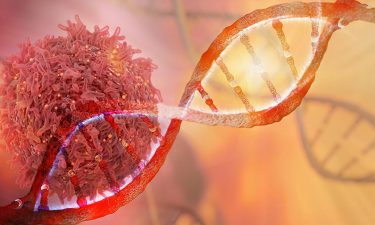

The latest research has employed cutting-edge methods developed by Kowalczykowski’s lab to capture real-time images of single proteins and DNA molecules, providing a deeper understanding of the DNA repair process. As our DNA is continually exposed to various internal and external factors, such as chemical exposure and sunlight, it becomes increasingly susceptible to damage, which can ultimately lead to cancer. Fortunately, our cells possess various mechanisms to repair DNA damage, including homologous recombination, which is used to mend double-stranded breaks.
Repairing double-stranded breaks
In cases where a double-stranded DNA break occurs, one of the strands is slightly trimmed to expose a single strand. This exposed strand then seeks out its counterpart in the matching paired chromosome and utilises the healthy DNA as a template for repairing the damaged DNA.
For this repair mechanism to function correctly, the single strand of DNA must be coated with RAD51. Previous research conducted by Kowalczykowski’s lab focused on measuring the rate at which RAD51 attaches to DNA, much like how beads are threaded onto a string.
BRCA2’s primary role is to act as a vehicle for RAD51, which can carry up to six of these proteins. By doing so, BRCA2 can remove a protein known as RPA from its position and deposit RAD51 onto the DNA.
To observe how RAD51 and BRCA2 navigate along the DNA, Postdoctoral Researcher Jason Bell conducted a series of experiments. Bell manipulated sections of DNA with a single-stranded gap and exposed them to RAD51 with and without BRCA2 under varying conditions. The subsequent recordings depict how BRCA2 serves as a chaperone for RAD51, directing it onto single-stranded DNA and removing RPA from its position.
Comprehending the function of BRCA2 in DNA repair has two significant implications. Firstly, it allows us to understand why BRCA2 mutations are associated with a heightened risk of cancer. Secondly, several cancer treatment drugs work by inducing DNA damage. By gaining insight into the mechanics of DNA repair, novel treatments can be devised to target cancer cells more specifically.
References:
- David Bertwistle, Abstract Mutations in the BRCA1 and BRCA2 genes confer a high risk of breast cancer development [Internet]. Current Opinion in Genetics & Development. Elsevier Current Trends; 2002 [cited 2023Apr25]. Available from: https://www.sciencedirect.com/science/article/abs/pii/S0959437X98800567#preview-section-cited-by
- RAD51 gene family structure and function – annual reviews [Internet]. [cited 2023Apr25]. Available from: https://www.annualreviews.org/doi/abs/10.1146/annurev-genet-021920-092410
Related topics
Cell Cultures, Cell Line Development, Cell Therapy, Drug Development, Drug Discovery, Drug Targets, Gene Testing, Gene Therapy, Genome Editing, Small molecule, Targets
Related conditions
Breast cancer, Cancer, Ovarian cancer
Related organisations
University of California (UC) Davis Health
Related people
Professor Wolf-Dietrich Heyer, Stephen Kowalczykowski




